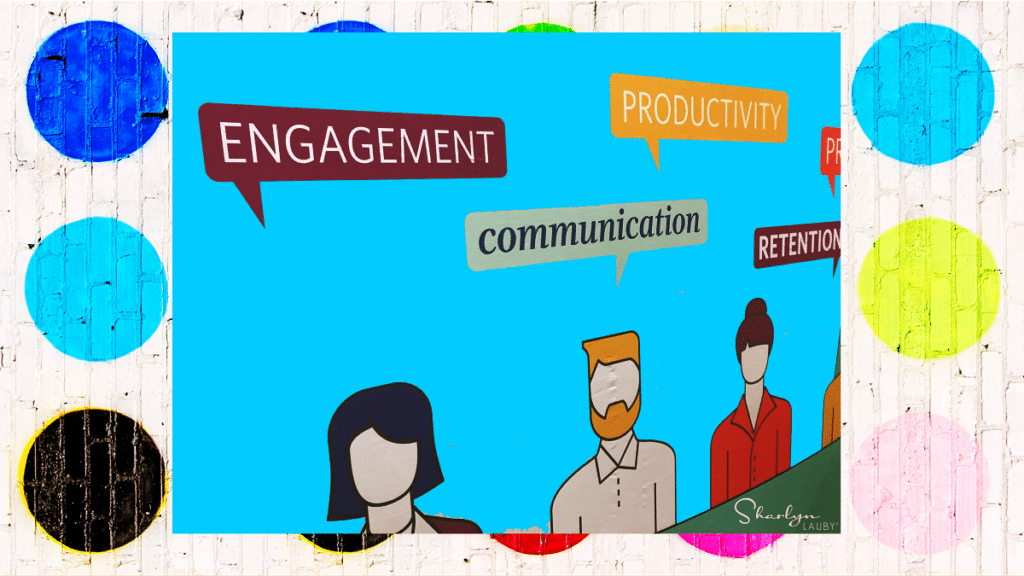Training Evaluations Can Drive Employee Engagement
Estimated reading time: 3 minutes
I’m sure some readers might be looking at the title of today’s article and saying to themselves, “No way!”. Well, thanks for staying around to read on.
Training programs are an important part of employee engagement. We’d like to believe that engaged employees are able to do their jobs well and training plays a role in that. In addition, it prepares employees for future opportunities. For that reason, training is directly linked to engagement, which is linked to performance, which is linked to the organization’s bottom-line.
But what I just described has to do with the training content. There’s an equally important activity in training that can also play a role in employee engagement – the evaluation process. First, if the organization isn’t doing training evaluations, they could be sending the message that what participants think of training isn’t important and that in itself has an impact on engagement.
If the organization is doing training evaluations, they might be using the Kirkpatrick model. The model has four levels of evaluation: reaction, learning, behavior, and results.
REACTION: In the reaction level, participants are asked for their “reaction” to training. Often this is done with a paper or online course evaluation. The training team can review reactions and make updates to training based on employee feedback. Think about the engagement that could be created if employee suggestions were incorporated into future training programs.
LEARNING: In this level, participants are often given a pre- and post-training quiz. Ideally, the participant scores in post-training should be better to indicate that “learning” took place. But the training team can also review scores to spot trends – like every participant got one question wrong or that aggregate scores weren’t as high as expected. This allows the training team to examine the content and possibly make changes that will have a greater impact (which will lead to better employee performance and engagement).
BEHAVIOR: The behavior level of evaluation says that participants are doing what they learned in training. For example, let’s say a company has a decision-making class where everyone learns how to create a force field analysis. After the training, senior management sees employees using force fields. That’s a sign that training was impactful. If senior management walked around and didn’t see anyone using what they learned, that would be cause to investigate.
RESULTS: In the fourth level of the Kirkpatrick model, the organization sees a measurable outcome as a “result” of training. An example would be if the organization was seeing errors in a particular assembly, and they decide to conduct training. Ideally, after training, the errors should be reduced. If not, then the organization will want to understand why by getting feedback from employees.
Regardless of what level of evaluation is being used, there’s an expected outcome to training (i.e., good reactions, better post-training scores, noticeable behavior change, and measurable results). If those outcomes happen, great! Training evaluations will offer insights for the future. If those outcomes don’t happen, getting participant feedback is a great way to research the reason why. And incorporating that feedback into future training programs can prove to be beneficial – for employees and the company.
Training evaluations can drive employee engagement when organizations use evaluations in the spirit for which they were intended – to get feedback about the program, suggestions for improvements, and to confirm that the training objective was accomplished. When employees know that their feedback will be taken seriously, they will be more enthused to give it.
Image captured by Sharlyn Lauby at the Association for Talent Development (ATD) International Conference and Expo in Orlando, FL
49